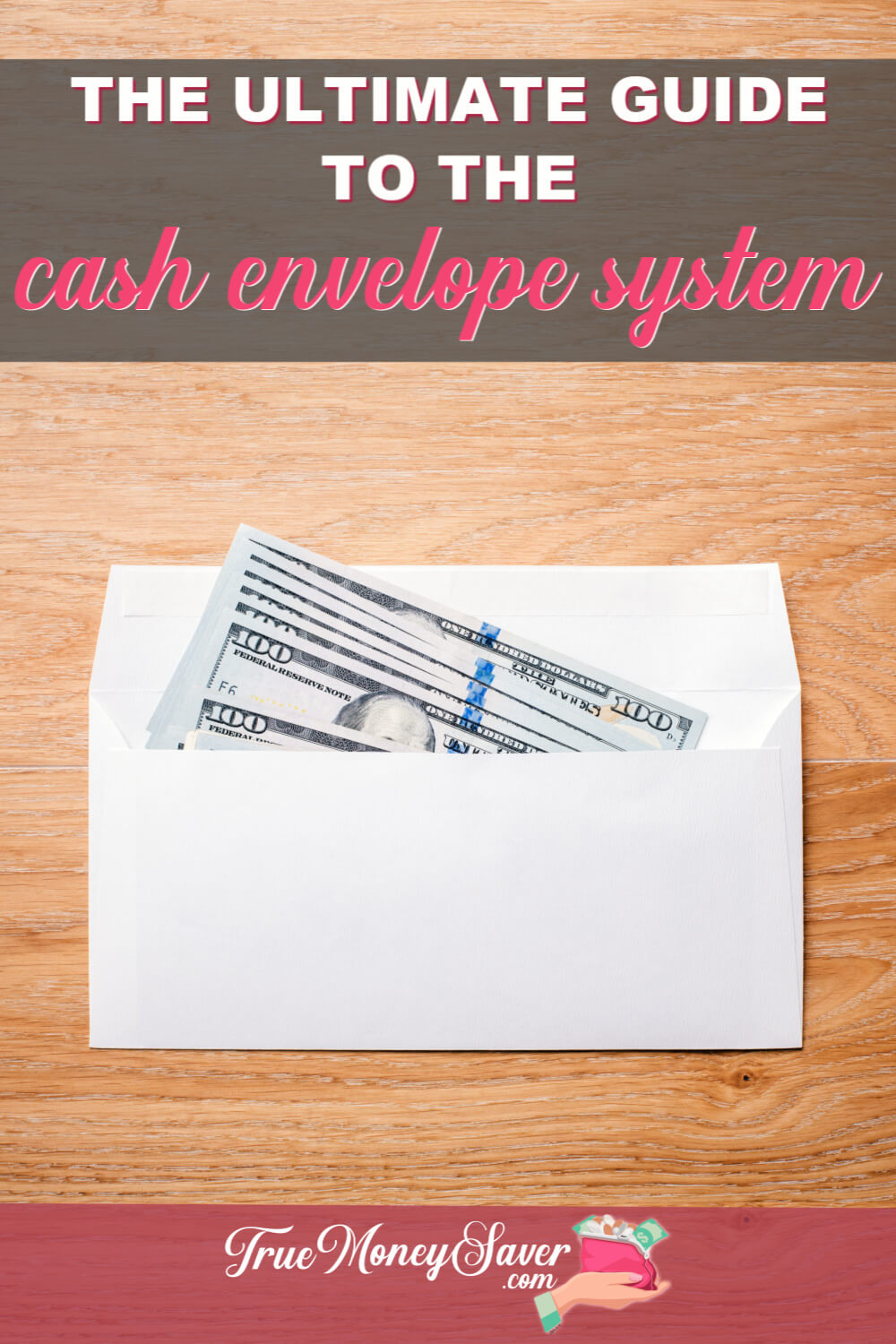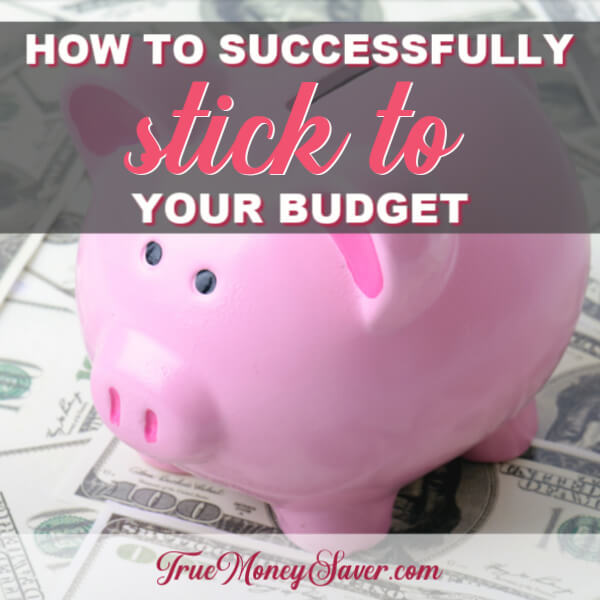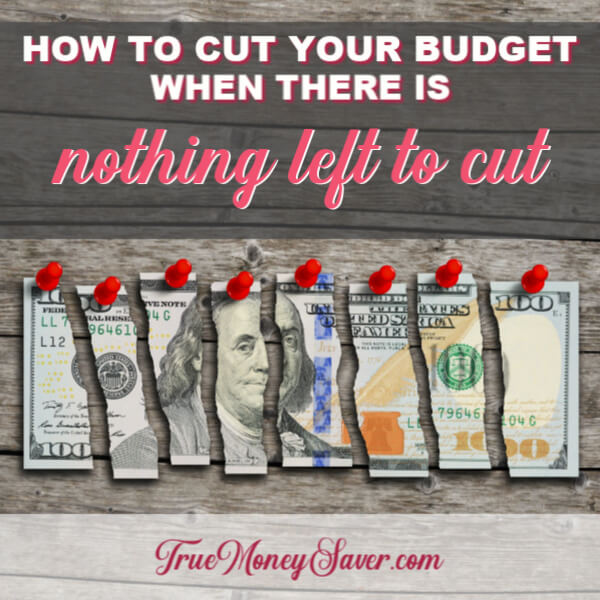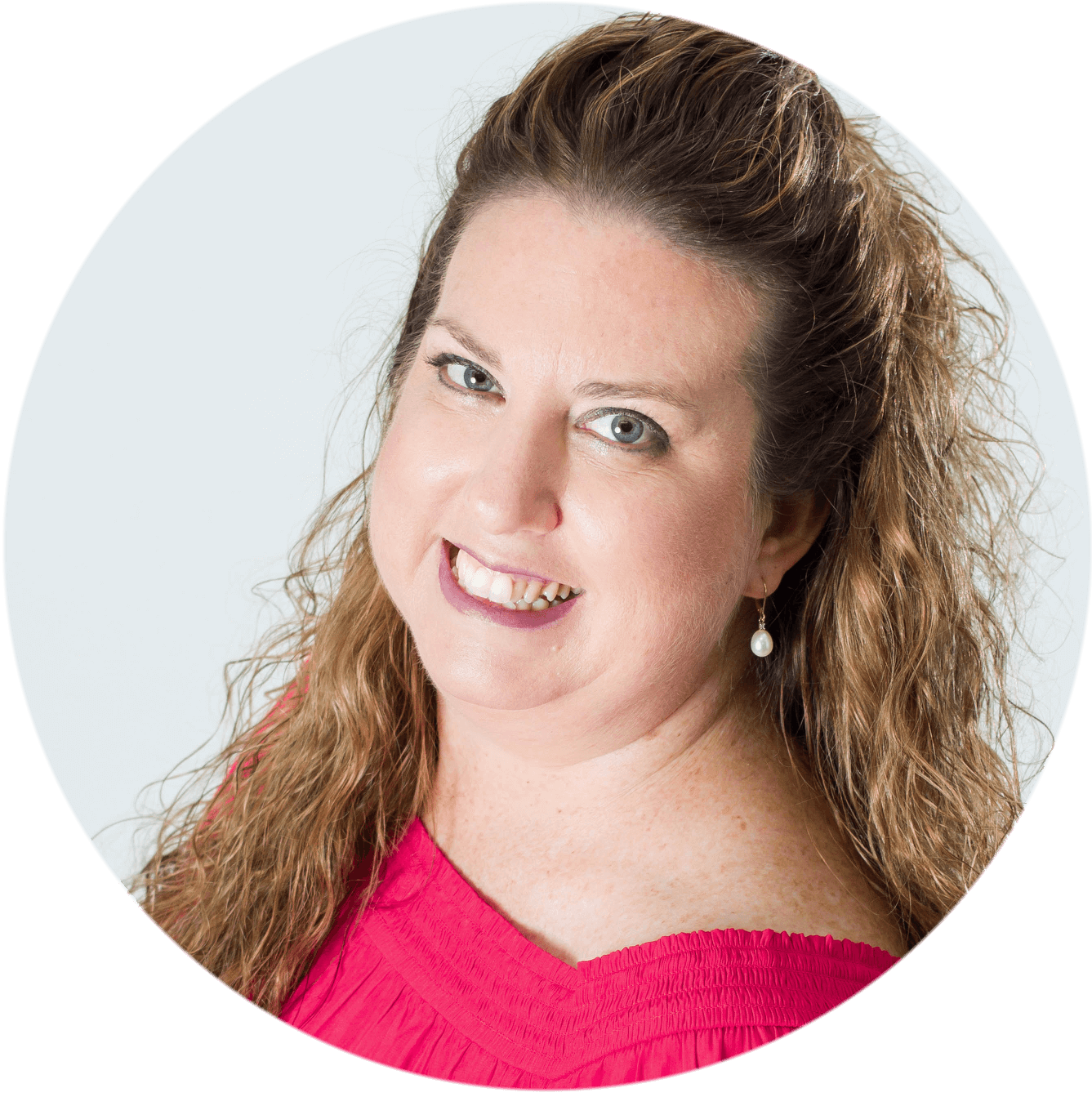 The cash envelope system is a spenders godsend when it comes to budgeting.
The cash envelope system is a spenders godsend when it comes to budgeting.
This easy way of envelope budgeting will keep you from going over budget, and help you stay accountable with a spending limit and get on track with your budget.
While using a paper envelope or cash envelope wallet to keep your money in each month might seem a little bit old school or just downright ridiculous, if you have trouble staying on a budget then you need to be using this cash budget method! No matter how silly the cash envelope budgeting system looks before you begin!
This method of paper envelope budgeting comes from Dave Ramsey and it’s a great way for paying off debt and staying on a cash budget!
I’ll teach you how to use the cash envelope system quickly because using a credit card is not an option.
And, I’ll help you get started with the cash envelope system today.
Plus, I’ve got some beginner cash envelope system tips to get you to save more money right away!
Here is your ultimate guide to using the Cash Envelope System.
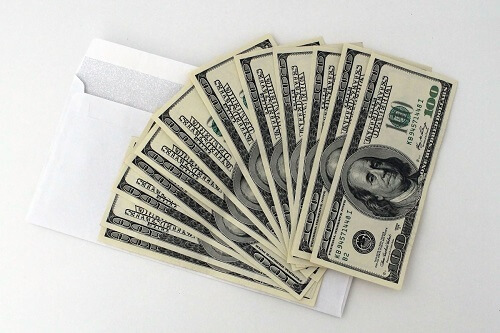
What is The Cash Envelope System?
If you don’t know what the cash envelope system is or maybe you’ve heard of it but never actually put it into practice, let me explain what is the cash envelope method.
The cash envelope system is when you turn a budget category into a cash envelope.
It’s basically just a visual way to categorize what you are going to spend on certain items in your monthly budget.
When you go to buy something that is from a budget category, instead of swiping a debit or credit card, you pull the physical cash out of your money envelope and use it.
This envelope budgeting system will let you see, at a glance, how much spending money you have in each expense category because it will be in an assigned paper envelope.
Once you’ve spent all of the actual cash inside each separate envelope, and they are empty, you can’t spend any more money on that spending category until you get your next paycheck to replenish it.
There’s nothing more accountable than single dollar bills staring at you when you know you have to last another 8 days until you get more spending money!
After a week or so… you get really good at spending the actual cash for your predetermined spending limit so that you make it last.
You can see how to use the cash envelope system that will be beneficial for your monthly budget.
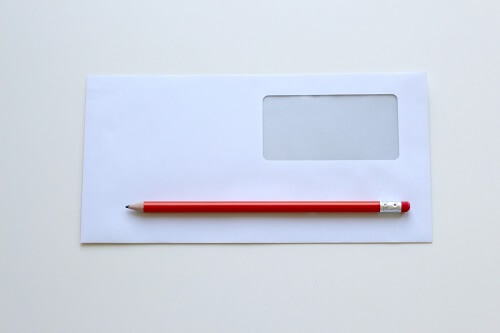
How To Use The Cash Envelope System
Truth be told, using the cash envelope system is actually a very easy way to do a cash budget.
This system is best used for Day-to-Day expenses. These are also called variable expenses.
Think about the things you would normally use your debit or credit card to buy (not auto-paid through your bank), and those are the expenses that would work best for the cash envelope system.
Some good examples would include your grocery budget, entertainment or fun money, eating out, etc.
The best spending categories to use with cash envelopes are the ones that typically bust your monthly budget (or you have a feeling they are busting your budgeting system).
For example, if you have $400 budgeted for groceries for the month, and you get paid every other week, then you will withdraw $200 on each payday and put it in a paper envelope labeled Grocery Budget.
BONUS FREE DOWNLOAD
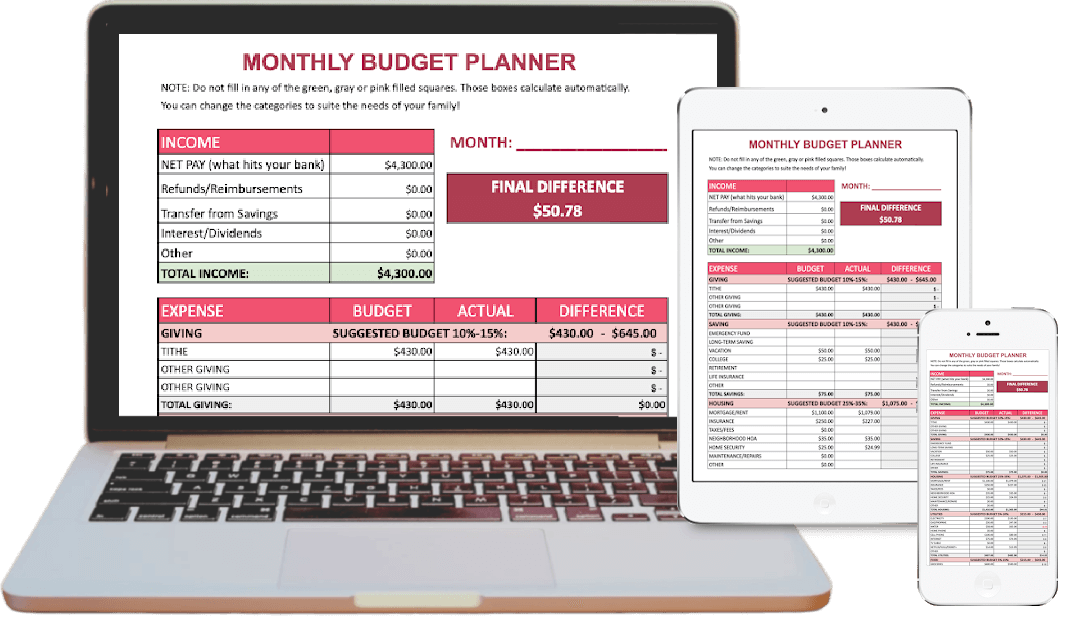
Create A Plan For Your Money
These FREE Budgeting Spreadsheets will help you keep a pulse on your money (from the palm of your hand).
This is your grocery budget money for the month and should only be used to pay for food (and other household items) at the grocery store.
Here’s the hard part: When the envelope is empty, it’s empty! If you want to get more groceries but your actual cash envelope is empty, it’s time to start digging through your fridge and pantry to get by until your next paycheck.
You quickly get creative with meals when you are only using the items inside your pantry… olives and peanut butter anyone?
Get started with the cash envelope system today!
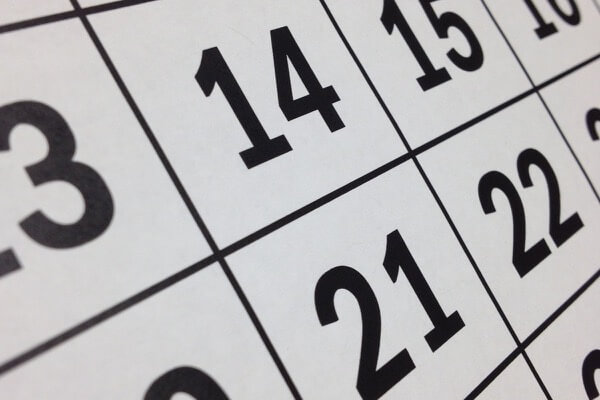
Think In 7 Days, Not 30
I realize that most cash envelope budgeting system plans talk about budgeting for the entire month, but really, you’ll be more successful if you think about 7 days of spending, not 30 days.
For your spending habits, it’s much easier to think in terms of your weekly spending, instead of monthly.
We typically grocery shop for the week, and we think about getting gas on a certain day each week.
That means every week you withdrawal physical cash out and only spend what you have in that expense category for that week.
Here’s the thing, you seriously can convince yourself to do almost ANYthing (or NOT do something) for just 7 short days with this envelope method.
And recognizing that your money envelope “resets” every Friday (or Monday, or whatever day you choose) helps you to put off extra spending and to wait just a couple of more days until it expense category refills and you can spend your envelope budget again.
It’s one of the ways I’ve been able to stick to our envelope budget for so long.
I’ll say to myself… we just have to make it to Friday! And sometimes, by the time Friday comes (even if that is only a day or two away), I’ve changed my mind and decided that purchase wasn’t truly that important anyway. Further saving us money!
The beginner cash envelope system only works when you help it by changing your spending habits with this budgeting method.

How to Set Up Your Envelopes
To get started, you need to decide which cash envelope categories in your budget system should be used with the cash envelope method.
That means when you look at your budget system, what categories could you pull out and use the physical cash for them?
Your mortgage, car payment, and power bill don’t make good separate envelope choices because you don’t typically pay for them in person.
Not every category in your monthly budget should be put into a money envelope.
I suggest only using them for categories of things you know you would easily spend with cash, such as groceries, restaurants, and fun spending money.
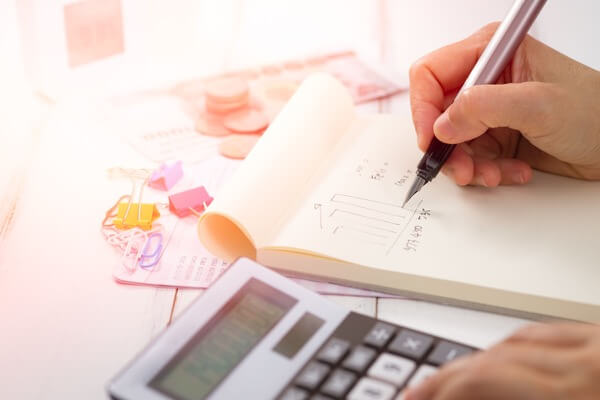
We Only Use 2 Envelopes
I know that it sounds crazy, but we’ve tried using multiple cash envelope categories, and it works best for us to simply use 2 physical cash envelopes each month: a grocery envelope and a spending category called “other” envelope.
1. Grocery Envelope
This grocery envelope contains the actual cash amount that you spend on everything that is used to run your household. Besides the obvious food we pay for out of this envelope, we also pay for any health and beauty supplies from this appropriate envelope. This includes hair and body care (shampoo, conditioner, deodorant, medicines), cleaning supplies (Windex, toilet bowl cleaner), laundry supplies (detergent, color catcher), paper products (paper plates, toilet paper, paper towels), household supplies (light bulbs), and pet supplies. Think about the things you use for yourself and inside your home for this envelope category. While this spending category may seem like it includes a lot of items, this is one of our carefully watched cash envelope categories.
2. Other Envelope
For example, my family uses a Disney separate envelope to go to have family fun once a month at Disney World in Orlando. If you do not live close to Disney World then a fun money envelope for Disney wouldn’t really make sense for you. (note: here is how we do Disney World on a dime)
But we don’t have a sporting envelope category (we make the kids earn and pay for sports on their own), but your budgeting method might.
The one expense category that usually confuses people is whether or not to use a paper envelope for their gas. I refuse to go inside a gas station to pay for gas. I feel that I’ll get sidetracked and buy a coffee or gum. Plus, I hate leaving the kids in the car (and when they were younger I would’ve NEVER been able to leave them in the car). But my hubby likes to go inside and hand over the physical cash so that he doesn’t accidentally overspend in that area.
It’s all based on the needs of your family.

A Common Problem Most People Have
So one of the common problems lots of people have when they use cash envelopes is that they “borrow” money from another envelope category.
For example, they set up an appropriate envelope for home decor and a separate one for clothing. Then when they go to Target, and they don’t buy home decor, but they overspend on clothing… they borrow the physical cash out of the home decor envelope budget to pay for the clothing.
(Guilty as charged.)
When we want to go out to eat and we are out of fun money in the “Restaurant” envelope category, I have a habit of finding “new” money.
Instead of telling you to resist the temptation to shuffle cash between your envelopes or borrow money from another spending category, I’m going to tell you that you should just lump it all together {gasp!!} in that “Other” paper envelope.
It makes the math (and the guilt) so much easier.
However, this only works if you set up multiple checking accounts.
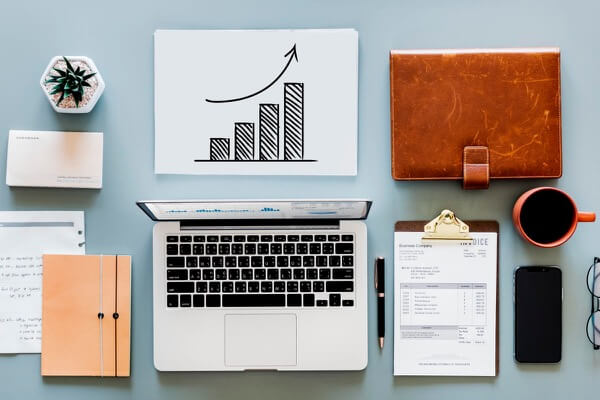
You Need More Checking Accounts
If you are paying close attention, then you might be wondering what we do with the other Non-Food significant expenses that you would need to purchase each month.
Things like hair cuts, clothing, car expenses (oil changes), and furniture.
If we have a category that we plan to spend more than $500 on in a one-year period, then we set up a separate bank account for it. Every payday we automatically transfer money into those checking accounts to immediately set it aside.
For example, if we want to designate $50 per month on clothing, then with each paycheck (every other week) we automatically transfer $25 to our “Clothing Checking Account”.
Then, when we buy clothes, we transfer the money from that secondary checking account into our main checking account and we swipe our debit card.
It makes it way more obvious that we are spending money on clothing. We have to choose to take the money out of the secondary checking. We notice it and are paying attention to our spending habits.
Most experts recommend having at least four separate bank accounts. (Spoiler alert: I use eight!)
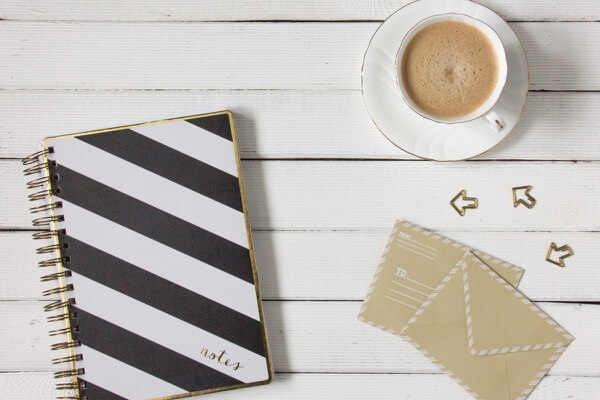
We Have 8 Accounts
Yes, I realize that it sounds crazy for us to have so many checking accounts.
But before you jump ship on this type of budgeting or cashless envelope system, please let me explain how we use them to simplify our spending (and cash envelope budgeting system).
Here’s a list of variable expenses that we separate out of our main checking account for these expenses:
- Hair Cuts – cuts, coloring, highlights, barber visits, basically anything that happens at the hair salon.
- HOA – Home Owners Association dues paid twice a year
- Car Repairs – tires, oil changes, vehicle registrations, driver license renewal
- Clothing & Shoes – including special occasion wear for prom and homecoming
- Family Vacations or Short Trips
- Disney Pass Renewal – we live really close to Disney World in Orlando and this is an important thing for our family
- Home Repairs – Furniture, TV’s, new water heater, air conditioner service or repair, plumbing repairs, appliance repairs, or purchases
- Medical Expenses – co-pays, prescriptions, emergency visits
Here’s the thing: Checking accounts are free. And there is no limit as to how many you can have, so why not use them to help you budget your money?
BONUS FREE DOWNLOAD

Create A Plan For Your Money
These FREE Budgeting Spreadsheets will help you keep a pulse on your money (from the palm of your hand).
And here’s how it makes budgeting so simple: The day after each payday, I schedule an “automatic transfer” for a certain dollar amount to each of these 8 secondary checking accounts. That way, when we look at our main checking account balance it is MINUS these amounts.
It forces us to set aside the money for these expenses, without having to actually do anything.
We bank with USAA, but we’ve been with Chase, Bank of America as well as a small local bank and all of them had no problem with us having so many checking accounts. We always get an account that doesn’t require a monthly minimum balance.
Also of important note, we don’t get debit cards (nor checks) for any of them, we only use them to temporarily hold the money and we actually spend the money out of our main checking account, using our debit card.

What About All Our Other Bills?
So after all the cash envelope categories we’ve discussed, you’ve still got some categories of spending that we need to address.
The auto-paid expenses like your mortgage, electric, water bill, car insurance, internet, cell phone, or home alarm system.
Anything that is auto-paid comes out of your main checking account.
You see, when you have identified how much you are going to spend on the day-to-day expenses and you’ve put the leftover cash into your grocery budget or other envelopes, then you won’t be touching your regular checking account.
So all your auto-paid expenses will come out automatically! See how easy this beginner cash envelope method really is?!
We also pay for our gas out of this account, even though it is technically a day-to-day expense. There is no way I’m going inside to pay cash at the gas station, so we treat this expense like an auto-paid one.

Emergencies
While it is crucial to have an emergency fund, you might not be there yet.
If you have a crisis occur in the middle of the month, or towards the end when you don’t have any money left in a category, talk with your spouse and call an emergency budget meeting.
Figure out first if there is truly an emergency at hand, and see if you can make it work. If not, then realize it is okay to adjust the budget.
But let’s be clear, there are several things that do not constitute an emergency.
Things that are NOT Emergencies:
• Wanting pizza but there’s none in the freezer so you have to order it
• PMS Chocolate
• Running out of something (unless it’s crucial like toilet paper)
• Being bored (try these FREE things to keep you busy)
Keep in mind that the cash envelope system is your defense when it comes to overspending. You have to remember that when there is no leftover money, there is no money!
This budgeting method is there to help you better manage your money and take control of your spending habits.
If you don’t take the cash envelope method seriously with a spending limit, you can’t expect it to work.
Give this budget system 90 days (put a goal reminder on your refrigerator for just 3 months from now).
As you can see, you can quickly learn how to use the cash envelope system with these tips.
You can easily get started with the cash envelope system and start saving today.
Plus, these beginner cash envelope system tips will help you get started saving more money right away.
You’ll be so happy with yourself for taking better control of your money with this cash system.
YOUR TURN: Do you think you can be disciplined enough to use the cash envelope system? What categories would you choose for your envelopes? Let me know in the comments below!
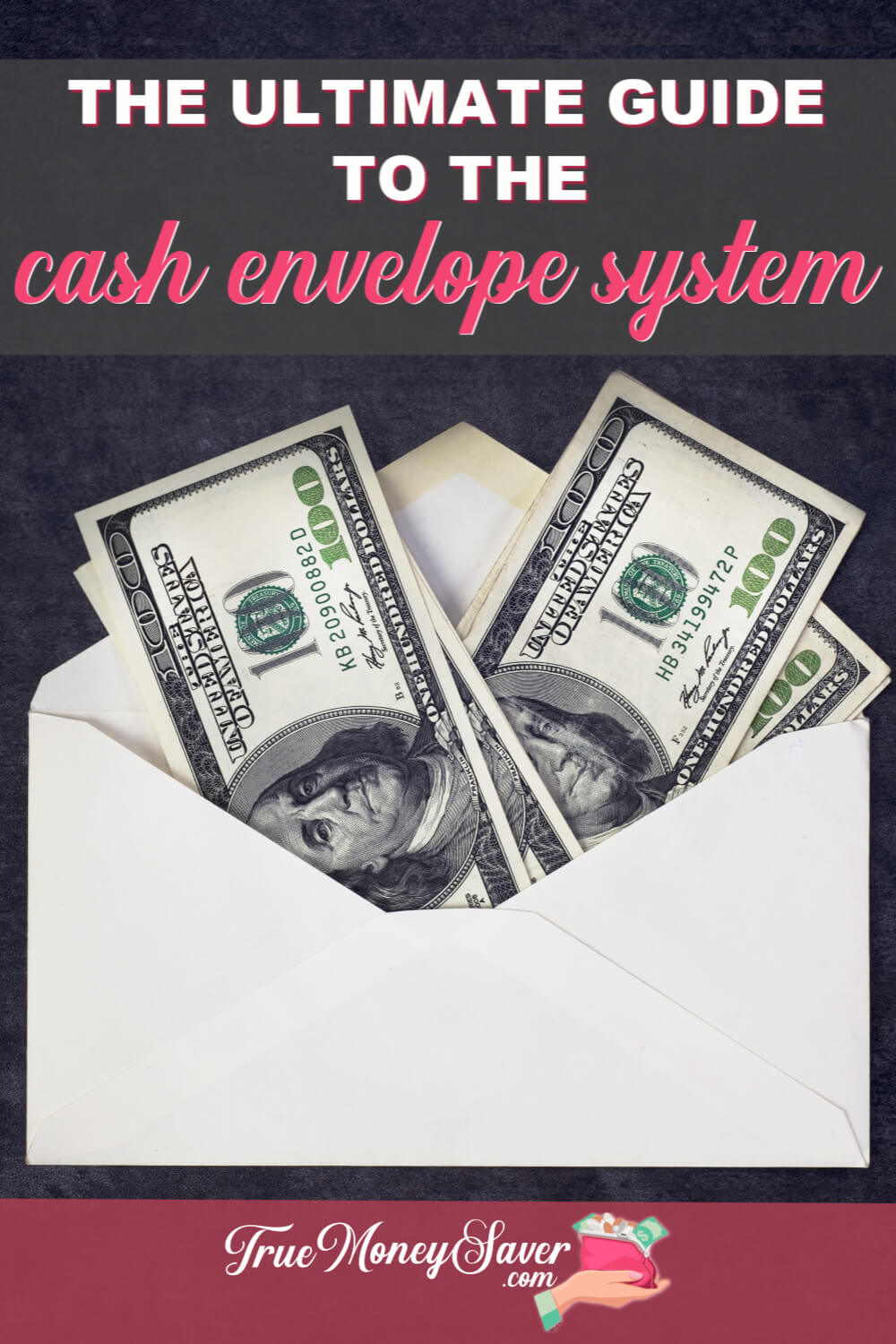
More Fun Articles To Read:
